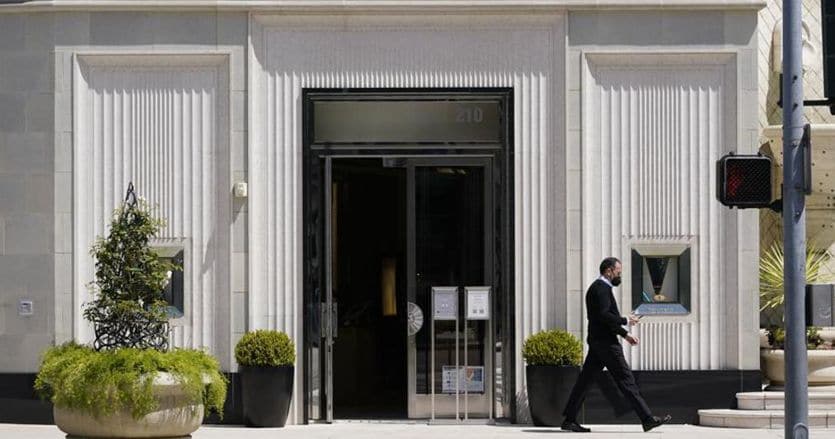An all-encompassing digital dimension, shops that are transformed into research laboratories, the hunt for the best shopping experience, both in boutiques and from the sofa at home: retail shaped by the pandemic is changing its face, and today the challenge for companies and brands is to be able to get on board this multiform spacecraft that travels very fast. Altagamma’s Retail Insight (this year in a separate version from Consumer Insight, which will be presented in June) outlined the profile of this new shopping universe, increasingly modeled on the concept of “Onlife”, a dimension in which the boundaries between digital and physical fade until they disappear.
The boom of the online
The first effect of the pandemic, however, was concretely recognizable: the shops closed, everywhere and for a long time. Purchases have therefore moved online, according to e, a trend that has already been underway for some time but which, as Luca Solca, senior research analyst, Global Luxury Goods, at Bernstein pointed out, “jumped five years into one”, so much so that the share of digital purchases will represent one third of the total by 2025. In 2020, online was worth around 50 billion euros, with a share of total high-end sales growing from 12% in 2019 to 23% in 2020 A fact that brands have to deal with, looking for the most appropriate channels to grow.
Loading…
The advantages of partnership with large platforms
Among the most rewarding, noted Solca, there are multibrand platforms such as Farfetch and Lyst, companies with millions of users and present globally, which grow thanks to the direct relationship with brands, through e-concession and the valuable sharing of user data. With an e-concession, the platforms draw directly from the stock of the brands, which remain in their possession, paying the brands a commission of around 15% of the retail price, much less than the 40-50% that is left to the wholesale. A channel, the latter, which in fact is seeing the presence of luxury brands gradually decrease. If big brands have the financial resources to sign partnerships with such platforms, the same cannot be said for small and medium brands.
Chris Morton, founder and CEO of Lyst, the largest research platform in the world for fashion, stressed that the direct relationship with brands allows you to work better even on the cry of the customer experience, which is a real “obsession” for Lyst. Founded in 2010 in Great Britain, today it has 70 million users in 120 countries, to whom it offers 5 million products. “Customers no longer distinguish between online and offline, for them there are touchpoints with the brand, which is what matters,” he stressed.
How will the little ones be saved?
All is not lost, however, for small shops or small brands: “The challenge is to find their own positioning to be relevant, in an increasingly competitive landscape”, noted Solca. Winning strategies are to focus on research, service, relationship with customers and meeting their needs. Which can also mean, for example, following them on their new journeys.
